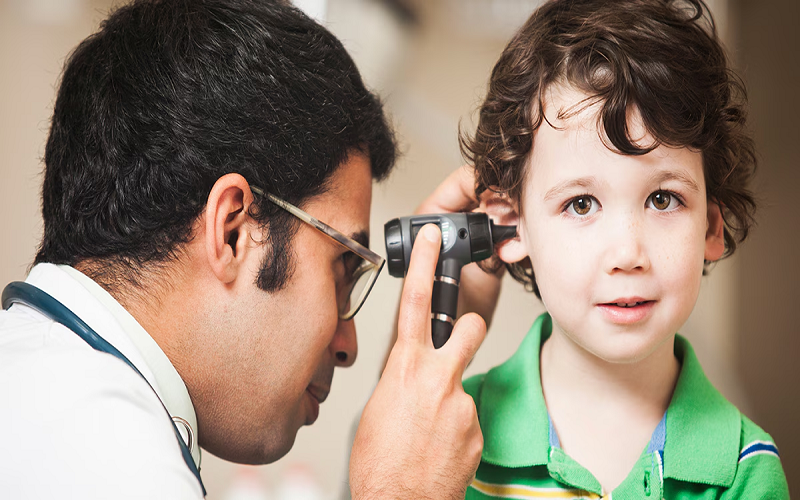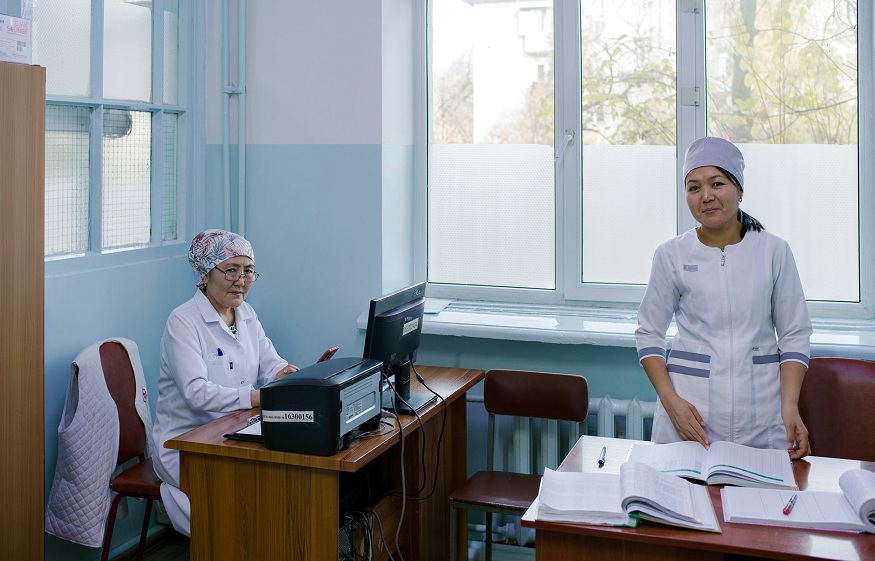Discovering that your child has hearing loss can be quite a difficult experience for any parent. However, with developments in medical technology, implantable hearing solutions are now available, with promising results for children with severe to profound hearing loss. In this comprehensive guide, we look at implantable hearing solutions for children and provide parents with the information they need to make informed decisions regarding their child’s auditory health.
1. Understanding Implantable Hearing Solutions
Implantable hearing solutions are advanced devices that are surgically inserted in the inner ear or skull to bypass damaged or non-functional auditory system components. These devices work by directly stimulating the auditory nerve, allowing those with profound hearing loss to perceive sound more accurately. For children with substantial hearing loss who may not benefit from typical hearing aids, implanted hearing solutions provide an alternate option for improving auditory function and communication abilities.
2. Different Types of Implantable Hearing Solutions
Various types of implanted hearing aids are available for children, each with its own set of advantages and disadvantages. Cochlear implants are among the most prevalent forms of implanted hearing devices, and they are appropriate for children with severe to profound sensorineural hearing loss. Another option is bone-anchored hearing aids (BAHA), which are especially useful for children with conductive or mixed hearing loss. These devices use bone conduction to send sound directly to the inner ear, avoiding blockages in the outer or middle ear.
3. Candidature and Evaluation Process
Before contemplating implantable hearing solutions for a child, they must be thoroughly evaluated by a team of skilled audiologists, otolaryngologists, and other healthcare professionals. This evaluation will look at the child’s hearing loss, general health, and suitability for implantation. The child’s age, extent of hearing loss, and medical history will be considered while determining candidature for implanted hearing aids. Furthermore, parents will be able to explore the benefits, risks, and expectations connected with implantable hearing solutions.
4. Surgery & Rehabilitation
If a child is deemed a good candidate for implanted hearing solutions, they will have surgery to have the device installed. The surgical technique is normally conducted under general anaesthesia and involves inserting the device into the cochlea (for cochlear implants) or onto the skull (for BAHA). Following surgery, the youngster must undergo a period of rehabilitation and adjustment to become accustomed to the new equipment. This may include auditory therapy sessions to assist the youngster in learning to interpret sounds and improve language skills using the implanted hearing solution.
5. Long-Term Care and Follow-Up
Implanted hearing systems require regular care and maintenance to guarantee peak performance and longevity. Regular follow-up consultations with the child’s healthcare team are required to monitor their auditory progress, alter device settings as necessary, and address any issues or challenges that may occur. Parents will also play an important role in their child’s auditory development at home by encouraging the usage of the device and creating a positive atmosphere for communication and learning.
6. Considerations and Expectations
Parents should have realistic expectations and understand that implanted hearing solutions may not restore hearing to normal levels. While these devices can considerably improve a child’s hearing and communication abilities, they may not fully eliminate the need for extra assistance, such as speech therapy or educational adjustments. Furthermore, parents should be prepared for probable obstacles and setbacks along the way, but they should remain optimistic about their child’s progress towards improved hearing and communication.
Conclusion
Implantable hearing solutions show promise for children with severe to extreme hearing loss, allowing them to enhance auditory function and communication skills. Parents can make informed decisions about their child’s auditory health and support them on their journey to better hearing and communication by understanding the various types of implanted hearing devices available, going through a thorough evaluation process, preparing for surgery and rehabilitation, committing to long-term care and follow-up, and having realistic considerations and expectations.





